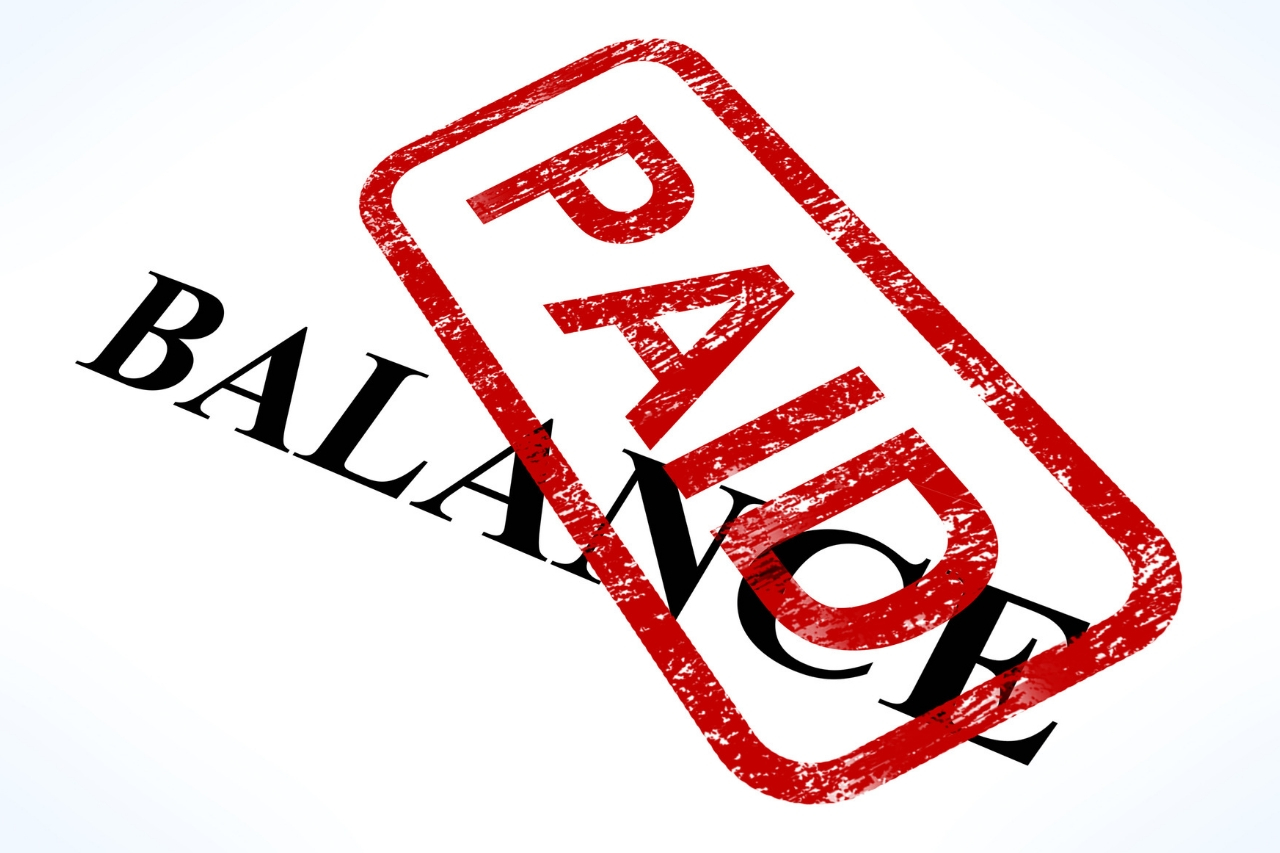
Seasons Can Have an Impact on Hospital’s Revenue Cycle Performance
April 29, 2019
Revenue Cycle Best Practice: Get Paid Up Front
May 24, 2019Navigant, a consulting firm, recently conducted a study of hospitals.
The study found that over one in every five hospitals in a rural area is at high risk of being closed down.
Why? Because of their financial position.
The study
The publicly available financial data of over 2000 rural hospitals was assessed and analyzed.
What was found was quite troubling.
According to the results of the study, 430 hospitals, present across 43 states, were in real danger of being closed down due to the high operational costs, debt to capital ratio and a number of days they had cash on hand.
The 430 hospitals represented over 21,500 beds, 707,000 yearly discharges and a patient revenue of a total of $21.2 billion.
Moreover, 64 percent of the 430 hospitals that were at the risk of being shut down was an essential part of the economic and health well-being of the communities they operated in. This means that their closing down would have severe implications in the communities they previously thrived in.
Over 277 of the at-risk hospitals have trauma status and deliver services to populations classified as “geographically isolated and vulnerable.”
The research also pointed out that the effect of hospital closure in the rural areas will be seen in both southern and midwestern states. This includes Minnesota, Kansas, Georgia, and Alabama.
The reason for the increased risk of closure was said to be low population growth in the rural area along with payer mix degradation.
The payer mix degradation
The payer mix has been degraded due to the increasing loss of manufacturing and agricultural jobs in the area. People who live in rural areas are either too young or too old. Also, these communities feature a high rate of uninsured individuals. Therefore, the care they get is either uncompensated or under-compensated at most.
The Medicare payment only accounts for 46 percent of the gross patient revenue. On top of this, the volume of inpatient care is also decreasing. This leads to excess capacity that in turn causes high financial risk.
Any more reduction in inpatient utilization may lead to a drastic increase in the rate of rural hospital closures. Between 2013 to 2017, this accounted for the closure of 64 rural hospitals.
Another reason for the alarming rate of high-risk hospitals is the lack of capital resources present in rural hospitals. This means that such healthcare facilities seldom invest in innovative technology, which may have helped in mitigating financial risk.
Conclusion
As more and more rural hospitals are plagued with financial risk, the gap between urban and rural healthcare services increase. To solve this issue, policymakers need to focus on the rural sector.
Meanwhile, rural hospitals should consider collaborating with academic and tertiary healthcare systems to reduce their financial risk while leveraging their partner’s resources.
It is important for both the healthcare providers and policymakers to work closely to combat this issue. If not, the communities are the ones who would end up suffering because of it.
Do you want to increase your bottom line? Learn how our software is saving other organizations $$MILLIONS!
If you are interested in a free demo of our AllPayor® Software, please go HERE or you can register for a FREE webinar HERE





